Ukraine has often been described as “the bread basket of Europe”.
The Russian invasion has devastated that status.
Ukraine’s sprawling wheat and barley fields now lie barren and untended, littered with landmines. Around 30% of global wheat production comes from Ukraine and Russia, but even the crop harvested last year has been stranded in Ukrainian ports, where the war has stopped commercial operations.
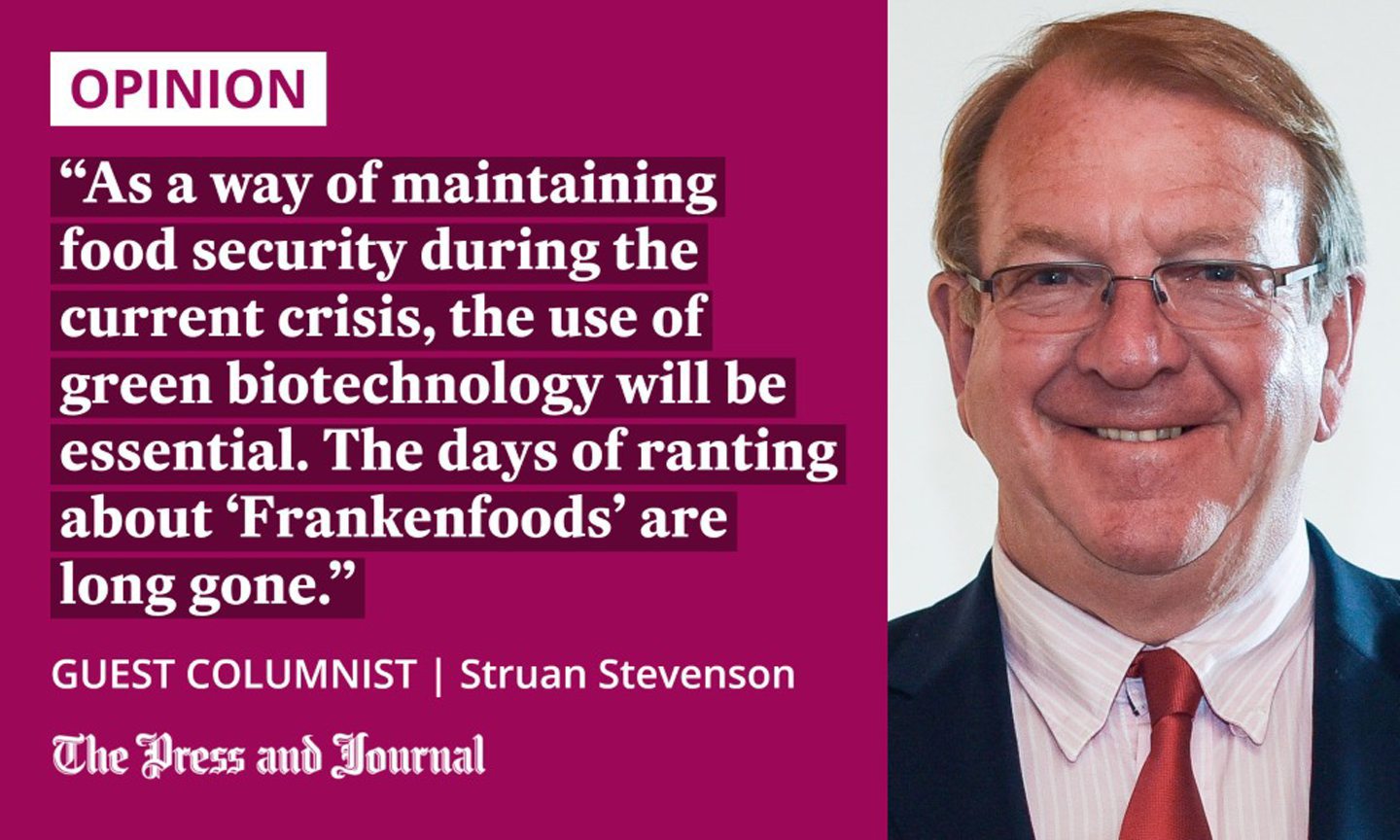
As a result, international costs have rocketed by 50% since February, with a concomitant knock-on impact on food, particularly bread and animal feed prices. Ukraine is also one of the top five countries for barley production, so beer prices are hit internationally.
The compounding factor of spiralling energy, fertiliser, aluminium and nickel prices affecting canned goods has added to the cost of living crisis, just as the world tries to rebuild economically in the wake of the coronavirus pandemic. It is a perfect storm.
GM ban is good politics but bad science for SNP
In a rapid response to the situation, the European Commission has launched a public consultation on allowing genome editing techniques in agriculture, paving the way for a renewed political fight over one of the most controversial scientific issues in the bloc.
The virtual ban on most genetically engineered crops has been the source of great controversy in the EU for decades. But the commission is arguing that the ban is also heavily restricting work with newer, more refined gene editing methods that do not involve the insertion of transgenes from other species.
The war in Ukraine makes the need for climate resilient crops that have a high insect and disease resistance and a low fertiliser requirement paramount. Genetically modified (GM) crops are back on the agenda, as the world searches for an urgent way to fill the vacuum caused by the Russian invasion.
Scotland must follow the EU’s lead on this issue. The SNP and Green government’s antipathy to GM plants may seem to them like good politics, but it is bad science.
Scottish farmers could be left behind
The European Commission argue that genetic editing techniques which accelerate changes that are achievable through traditional breeding could result, amongst other benefits, in the development of drought tolerant rice, high protein wheat, and fungus-resistant tomatoes.
Banning a food source without scientific backing is surely mad, particularly as scientists worldwide have reached a consensus on the safety of GM technology
As a way of maintaining food security during the current crisis, the use of green biotechnology will be essential. The days of ranting about “Frankenfoods” are long gone.
The PM wants to ditch the EU's rules on genetically modified crops after Brexit… but why are GM foods still so controversial? 🌽🔬 #BBCFarmingFocus #Brexit #GMFoods pic.twitter.com/qotRwLHL2D
— BBC Breakfast (@BBCBreakfast) August 22, 2019
The UK Government has said it wants to use Brexit to relax its own laws on genetically edited crops, and it would be ludicrous for Scotland’s farmers to be denied the same freedoms.
The SNP have long argued that Scotland’s clean and green reputation for natural, high quality food and drink would be undermined by allowing the cultivation of GM crops, and have maintained their total ban “in the national interest”. In the wake of the current crisis, this claim is no longer sustainable.
Banning a food source without scientific backing is surely mad, particularly as scientists worldwide have reached a consensus on the safety of GM technology.
When farmers south of the border begin to enjoy a competitive advantage from planting GM crops, it will be iniquitous if Scottish farmers cannot compete in the same market.
Increase food supply as world battles with poverty
Biotechnology and genetically modified organisms can help to increase the supply, diversity and quality of food products, as well as reduce costs of production and environmental degradation, as the world grapples with the scourge of hunger and malnutrition.
Hundreds of millions of acres of GM crops have been grown safely and successfully in North and South America, Canada, China, Africa and across Asia for years. It is estimated that around 10% of the world’s arable land is used for this purpose, providing sustainable crops. GM maize is even grown extensively in Europe.
So, as the European Commission fires the starting gun on new GMs, it is time the SNP and Green coalition running Scotland woke up to the overwhelming benefits of sustainable biotechnology. Our future food security and the welfare of our farmers is at stake.
Struan Stevenson was a member of the European Parliament from 1999 to 2014. He is an author and international lecturer on human rights and the Middle East
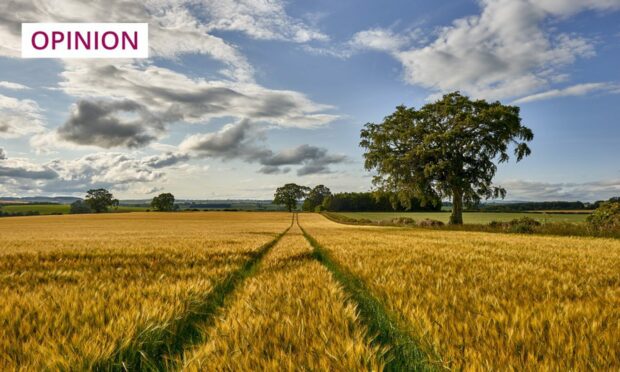
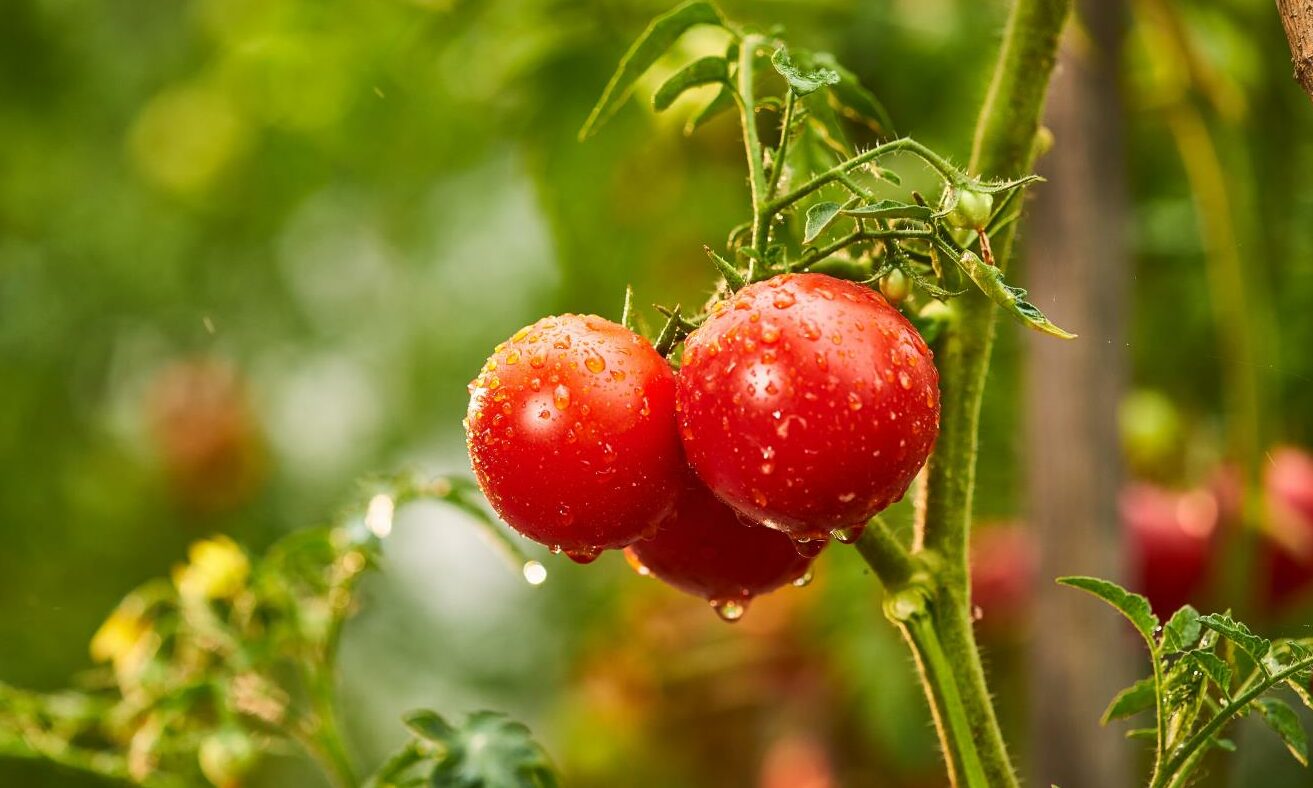
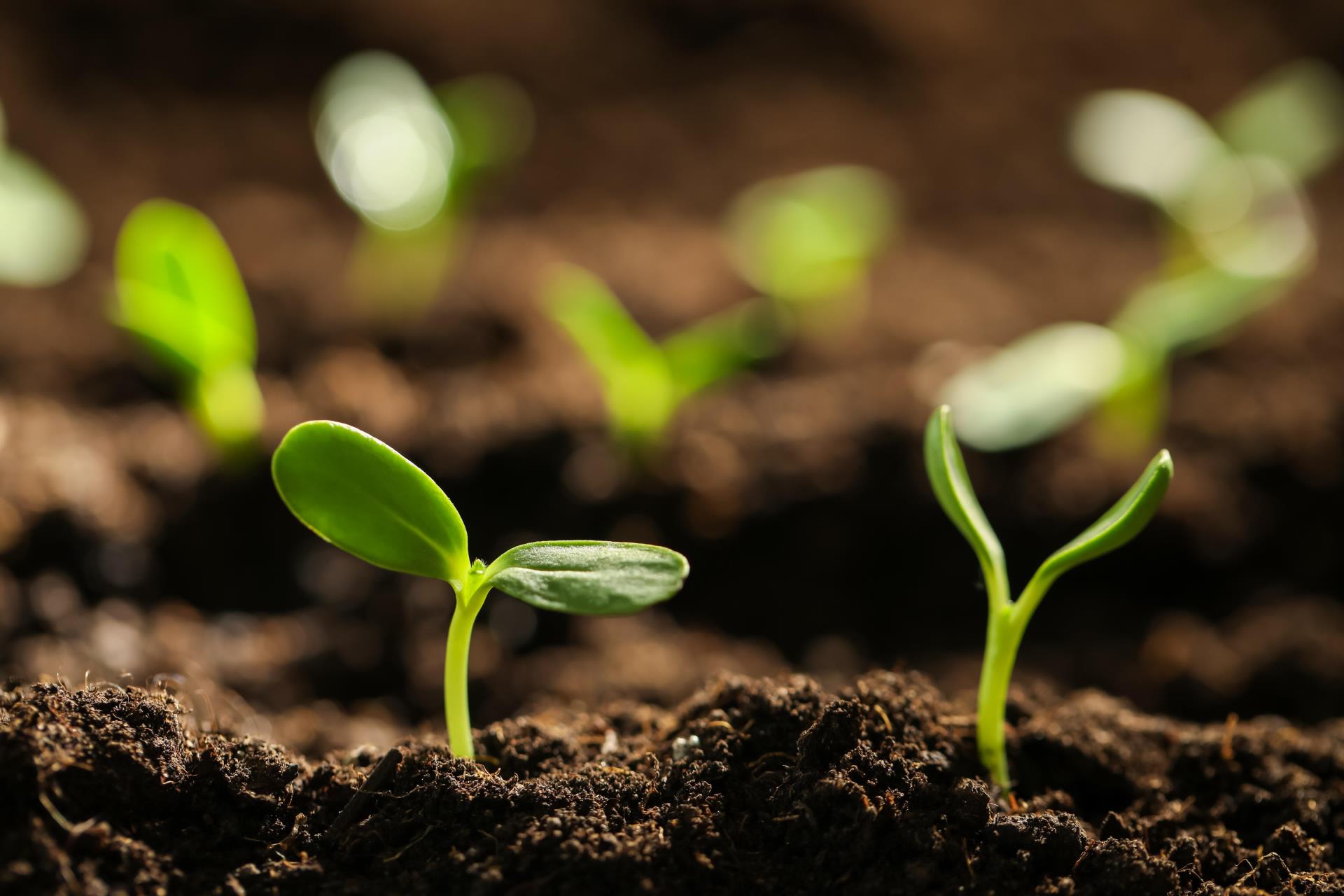
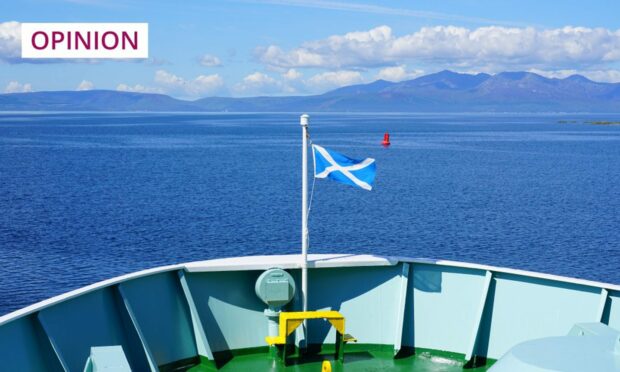


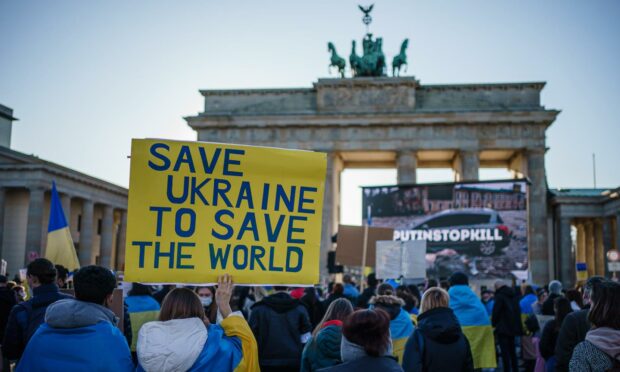
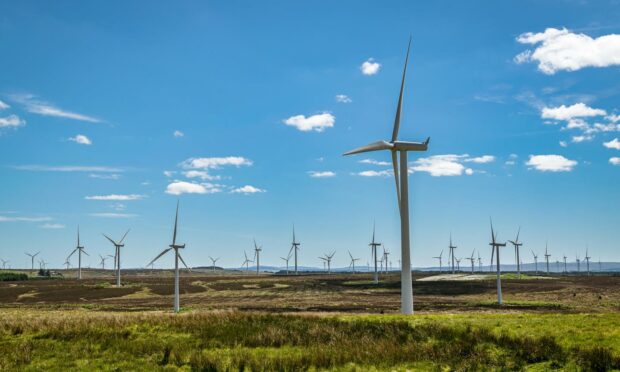










Conversation